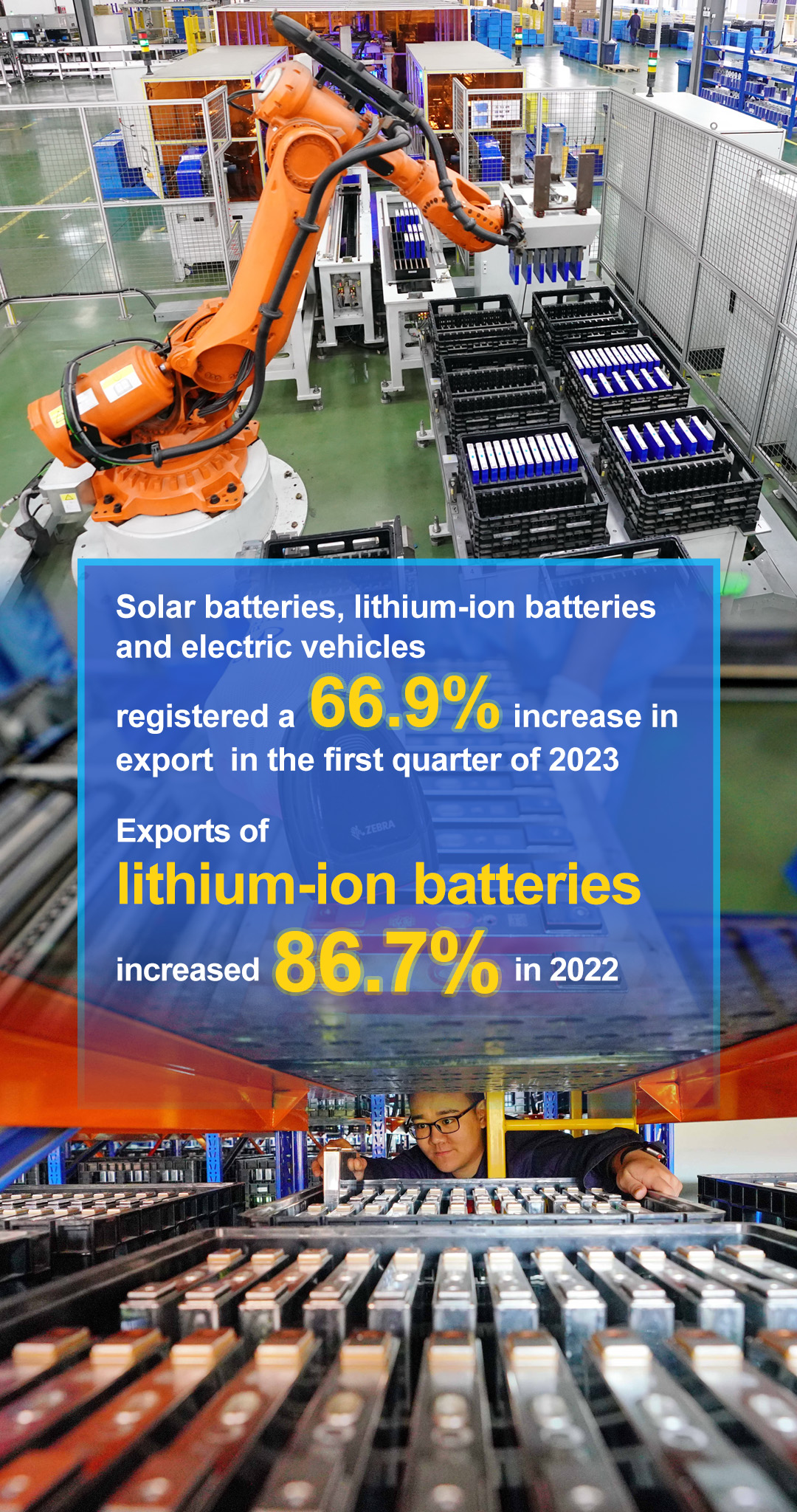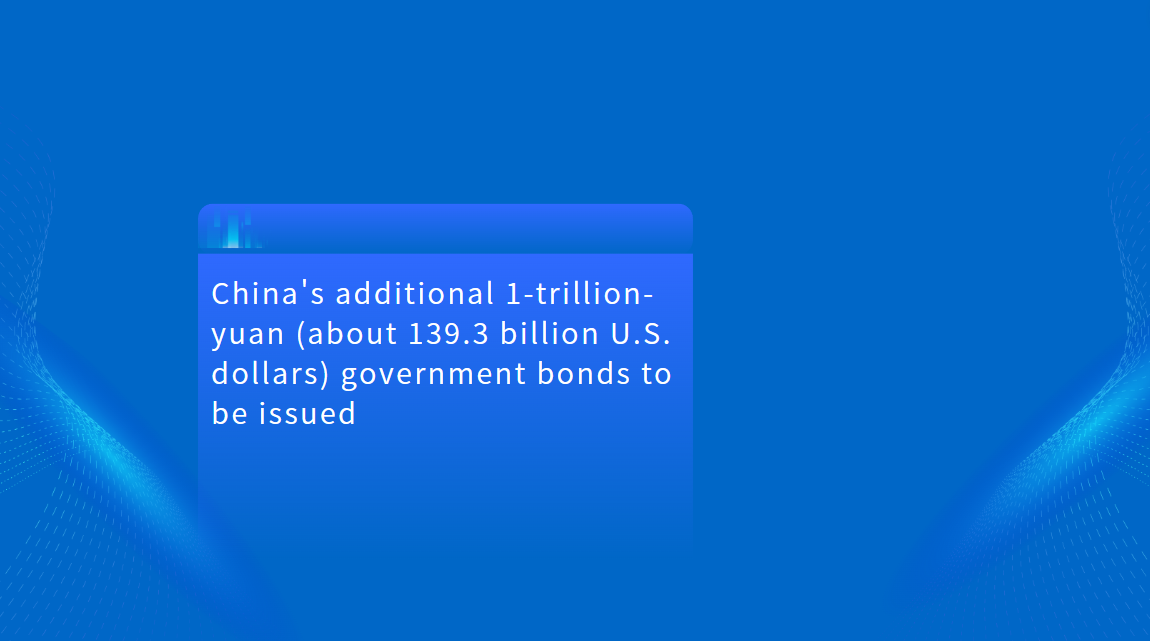China's New Market-Based Resource Policy: What Foreign Investors Need to Know
本文包含AI辅助创作内容
China is stepping up its game in environmental market reforms with a fresh policy guideline issued on May 29, 2025, aimed at boosting the market-based trading of carbon emissions, water rights, and pollution permits. This move is key to China's green transition and will reshape opportunities and risks for international businesses and investors.
By 2027, China plans to establish a fully functional carbon trading market that expands beyond power generation, covering more industries and participants. The water rights market will also tighten, especially in regions facing severe shortages, introducing paid transfers to encourage efficient use. Pollution permits will become more technically rigorous, linking emissions to industry standards and environmental goals.
For global investors and firms, this means clearer pricing signals and growing market liquidity for environmental assets — crucial for managing carbon risks and capitalizing on green finance. The integration of carbon markets with green certificates and voluntary reductions aims to prevent double counting, adding transparency and trustworthiness to these emerging markets.
China's ambition to link its carbon market with international mechanisms suggests increasing cross-border trading possibilities, making it essential for multinational companies to track these developments closely. Environmental trading credits could become valuable assets in global supply chains, impacting project financing, ESG strategies, and regulatory compliance.
In short, China's new guideline marks a shift from command-and-control to market-driven environmental governance, offering foreign businesses a more predictable and dynamic green marketplace. Navigating this evolving landscape will be critical to unlocking opportunities and mitigating risks in China's vast and fast-changing economy.





















































First, please LoginComment After ~